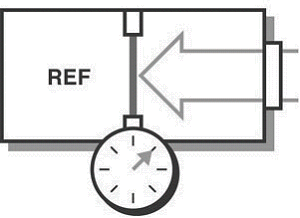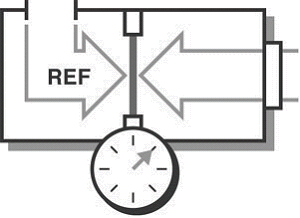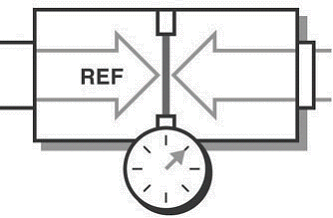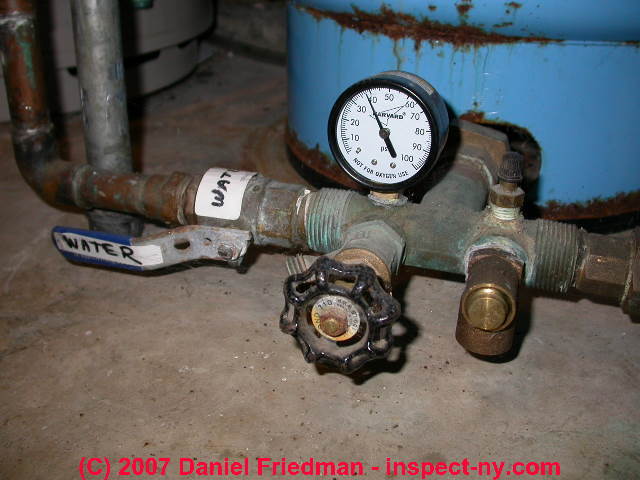Pressure sensors are transducers that typically measure the force exerted on a vessel by a gas or liquid expansion or contraction. They have are in used in thousands of daily applications and can be used to indirectly used to measure gas flow, speed, water level, and altitude. And in the world of sensor technology there are multiple firms that create pressure sensors each with their unique purposes.
The most common types of pressure measurements include:
- Absolute pressure (Above) - A sensor that measure the pressure relative to a perfect vacuum
- Gauge pressure (Above) - Sensor that measures the atmospheric pressure
- Vacuum pressure - Used to measure pressure below atmospheric pressure
- Differential pressure (Above) - Measure two pressure at different ends of the sensor
- Sealed pressure sensors - Measure pressure relative to an preexisting pressure
Another use of pressure sensors that one day might come into the fray is the use of altimeters and high altitude pressure sensors. Over the next decade the buildings of the future will continue to get taller and taller and these sensors will help both the construction and design aspects of the building. Eventually we will be building at altitudes will less oxygen than on the surface of the earth for this reason it will be important for construction crews to carry their altimeters in order to stay in safe areas to work and use oxygen when the atmosphere begins to thin. Additionally the same technology that is used in weather balloons can be used to design the of skyscrapers. The pressure sensors that are used have additional sensors such as temperature, light, humidity, and acceleration sensors. By including these into the building it will be able to give feedback on the affects of building at high altitudes.
While pressure sensors don't seem that interesting there are many uses for them in almost every daily function. In the future of buildings pressure sensors will become more heavily used but probably never to the extent that they are used exclusively. So in the meantime the technology will continue to develop in order to accommodate the needs of tomorrow.
Sources:
"Fundamentals of Pressure Sensor Technology." Sensors. N.p., n.d. Web. 18 Feb. 2014. http://www.sensorsmag.com/sensors/pressure/fundamentals-pressure-sensor-technology-846
"How To Measure Pressure with Pressure Sensors." - National Instruments. N.p., n.d. Web. 18 Feb. 2014. http://www.ni.com/white-paper/3639/en/
Reviews:
Flow Sensors by Dongyan Qi - I liked the different approach that you took to this assignment by looking at a system that didnt relate to intelligent buildings. Its refreshing to see something new and different in the posts. I wish that you had gone into some further depth into your subject matter but I understand how busy you are.
Temperature Sensors by Tyler Woyshner - Im glad that you explored outside the typical fluid expansion devices that are so typical in the real world. I forgot that infrared radiation was a way that the sensors was measuring temperature. I wonder how good of an indicator infrared detection actually is. Unlike most sensors the infrared detector picks on radiation that is indistinguishable to the human eye so I would really like to do some research as to how effective those systems are.




No comments:
Post a Comment